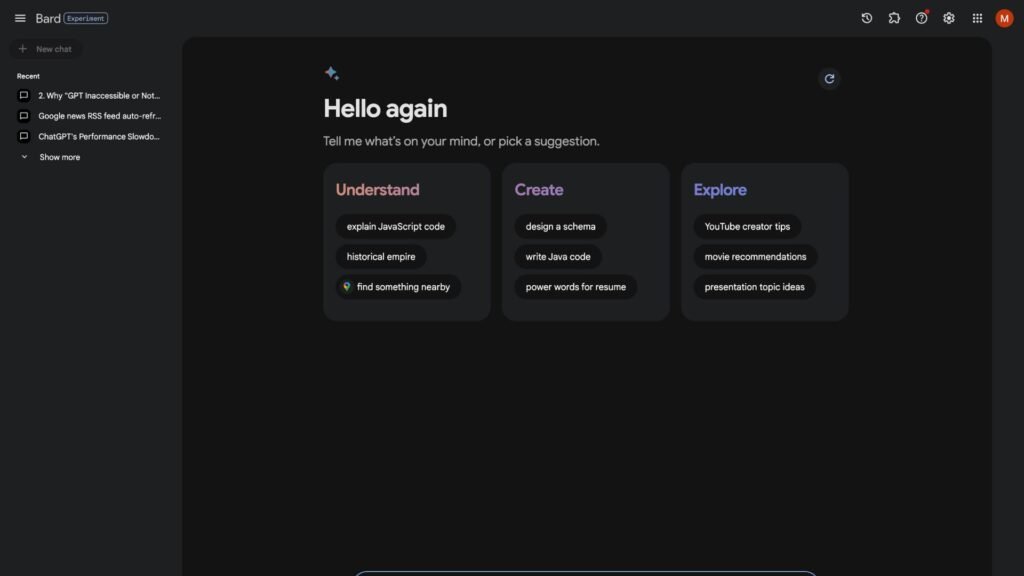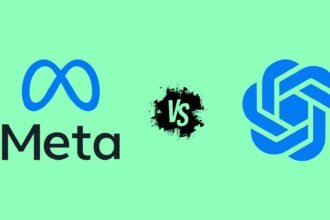Summarize long content with Bard and ChatGPT: Keeping up with long materials like research papers, podcast transcripts, and big reports is crucial today, especially for students and people in business. But, finding the key points in these long documents can be really tiring and take a lot of time.
Thankfully, advanced language models like Google Bard and ChatGPT (Generative Pre-trained Transformer) can rapidly process voluminous texts and provide condensed, yet highly accurate summaries. By using the unique strengths of both tools, you can save hours of reading while still grasping key conclusions and takeaways.
This comprehensive guide explores proven techniques for employing these AI summarization tools to radically simplify consuming and understanding lengthy books, articles, presentations, videos and more. You’ll also gain actionable tips for comparing, editing and evaluating computer-generated summaries to ensure they precisely reflect source content.
Let’s dive in to streamlining information overload through the power of Bard and ChatGPT!
How to Use Bard and ChatGPT to Summarize Long Content
Below are the steps you can follow to summarize long content by using Google Bard & ChatGPT.

1. Recognize Built-In Limitations
While game-changing, both Bard and ChatGPT have constraints regarding summarization capabilities that impact approach. Becoming familiar with the following parameters will allow you to best employ each tool:
Input Length: Due to processing limits, ChatGPT cannot correctly summarize overly long transcripts without significant editing. Bard accepts expanded inputs, but still cuts off at certain lengths.
Speed vs. Details: Opting for the latest GPT-4 provides more meticulous summarization at the expense of slower processing compared to GPT-3. Bard delivers speedier results.
These innate constraints inform an efficient two-step process….
2. Attempt Initial ChatGPT Summarization
Since ChatGPT has more restrictive length limits, it should be your first stop for summary attempts.
To begin, copy the full-text transcript or content source and paste it into GPT’s interface. Alternatively upload a text file.
Input prompts like:
“Please provide an accurate summary of the key points made in this content.”
If a length error appears, ChatGPT cannot process the complete document. Some truncation of the source text is required before re-submission.
3. Switch to Expansive Bard
At this stage, paste the FULL transcript into Google Bard, the more expansive language model.
Input the same summarization prompt used for ChatGPT requesting key takeaways.
In most cases, Bard will accept the full-length submission and provide an complete, concise synopsis within seconds.
If reach its length limitations, Bard will still get further into lengthy documents than GPT.
4. Refine with GPT
Take Bard’s summarized output up to the cutoff point and transport it back to GPT.
The portion of text Bard was able to process before hitting constraints is typically shortened enough for ChatGPT to parse.
Input this truncated summary into ChatGPT again with a prompt like:
“Please summarize the most important conclusions and findings from this content.”
GPT will refine and polish this summation, providing extra brevity and potency. For academic use, consider accessing GPT-4 for more methodical summaries despite longer wait times.
5. Compare Summaries
With abbreviated summaries now generated by both Bard and ChatGPT models, conduct a comparative analysis assessing:
Accuracy – Did the key original points come across accurately without distortion?
Brevity – Is the summary compact while still covering original scope?
Cohesiveness – Does the summary flow logically or seem disjointed?
Tone – Does language align appropriately to original style and audience?
Redundancy – Is there repetition that can be tightened up between tools?
Based on these vital criteria and specific needs, determine which AI summary better encapsulates the heart of the lengthy original content.
6. Personalize & Verify Summaries
Leverage the computer-generated summaries as malleable starting points for your customized version.
Inject personal flourishes and vocabulary more suited to your brand’s tone and voice. Also, confirm accuracy of key facts and inferences made in the summaries against the lengthy source material.
Verify no errors slipped through, particularly for academic work. Consider other customizations around formatting and overall structure based on how you plan to use the condensed content.
FAQs: Summarize Long Content with Bard
-
What are the main benefits of using Bard and ChatGPT for summarization?
Bard and ChatGPT offer rapid, accurate summaries of long content, saving significant reading time.
-
What limitations should users be aware of when using Bard and ChatGPT for summarization?
Both tools have input length limits and trade-offs between speed and detail in summarization.
-
How can users refine summaries obtained from Bard using ChatGPT?
Transport Bard’s output to ChatGPT to refine and polish the summary for brevity and potency.
-
What factors should users consider when comparing summaries from Bard and ChatGPT?
Evaluate based on accuracy, brevity, cohesiveness, tone, and redundancy to choose the best summary.
Conclusion
Using the summarization strengths of both Google Bard and ChatGPT provides a dynamic duo capable of radically reducing reading demands. By delegating extraction of impactful highlights, conclusions and facts to these advanced models, professionals and academics can free up valuable time.
Use this guide’s strategic two-step process for condensing transcripts, reports, articles and other lengthy content using the unique advantages of each tool. Spend your time on higher-value tasks while still staying informed. But remember to verify accuracy while also adding personal touches to any computer-generated summarization.
With Bard and ChatGPT as your personal readers and digesters of voluminous information, you can accelerate productivity and ensure knowledge flows like never before!









